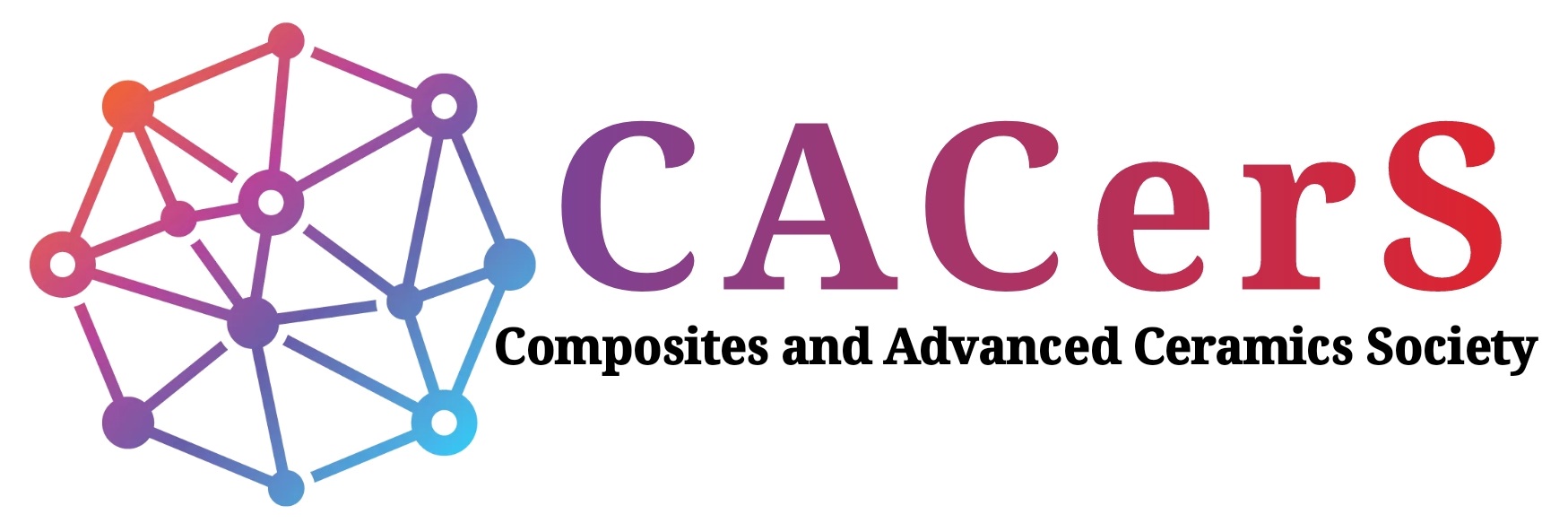ST4 – Porous and refractory Ceramics
Porous materials have recently gained prominence in industry due to their many applications such as water filtration, air treatment, thermal insulation, hot gas collectors and more. As a result, they have attracted growing interest as potential materials used to advance sustainable, low-carbon technologies in energy and environmental applications. This is due to their distinct advantages, such as low density, high porosity, exceptional thermal and chemical stability, and robust resistance to thermal shock.
At high temperatures (200-2000°C), refractory ceramics position themselves as resistant materials. They are mainly used in the “fire industry”. The economic and strategic importance of these ceramics is considerable, and improving their performance is a major challenge for these industries. These materials play a vital role in guaranteeing the reliability of manufacturing units and the safety of personnel. The choice of refractory ceramics must take into account the aggressive environment to which they are exposed: high temperatures, chemical corrosion and thermomechanical degradation.
In both cases, the synthesis process is essential to achieve the desired pore configuration and geometry that ultimately determine the final properties of the products, including the usual mechanical properties and other advanced functionalities. Each approach demonstrates its unique suitability for a specific range of materials, porosity, pore size, pore connectivity and pore distribution.
Porous refractory ceramics combine the high thermomechanical and chemical resistance of oxide-based compounds with the low thermal conductivity and specific heat of porous materials.
Abstract submission
BP 23204
87032 Limoges - France
Tél. +33 (5) 05 55 14 91 00
